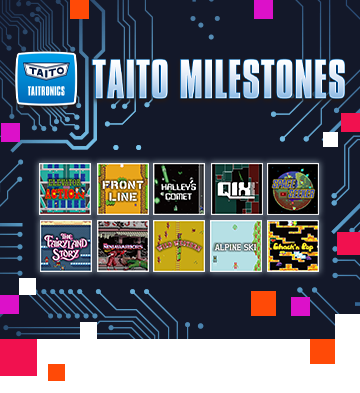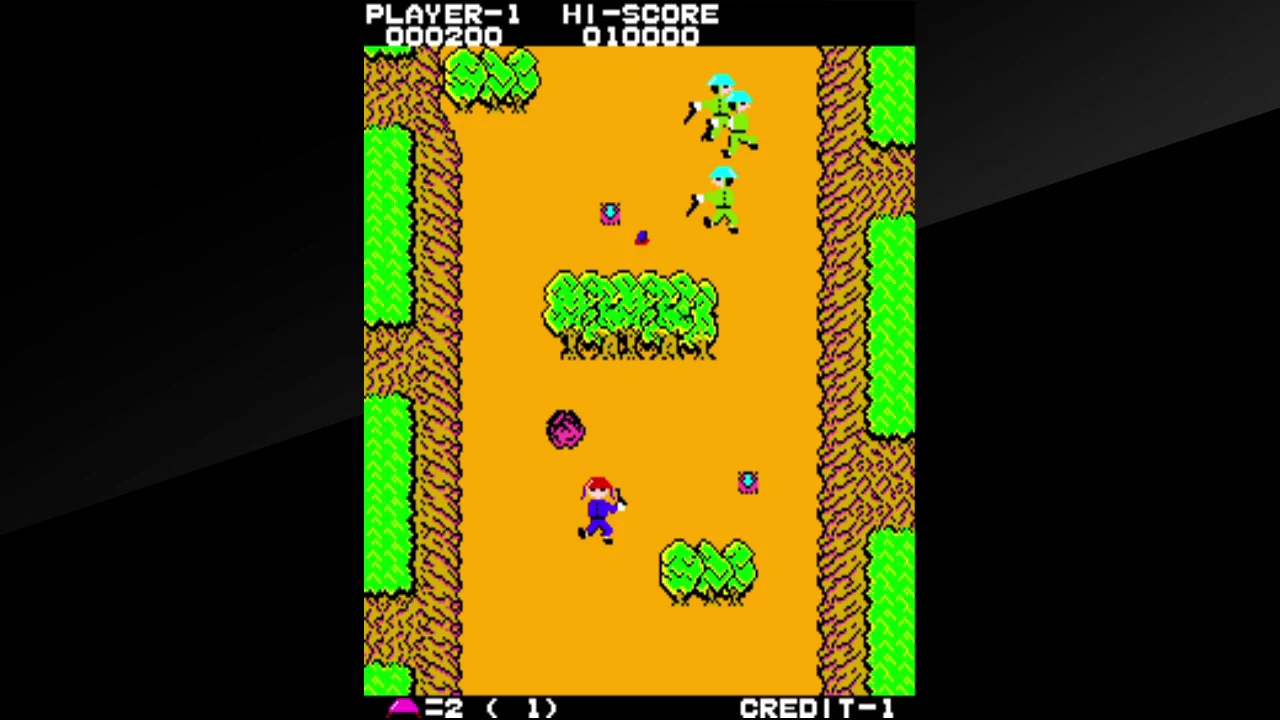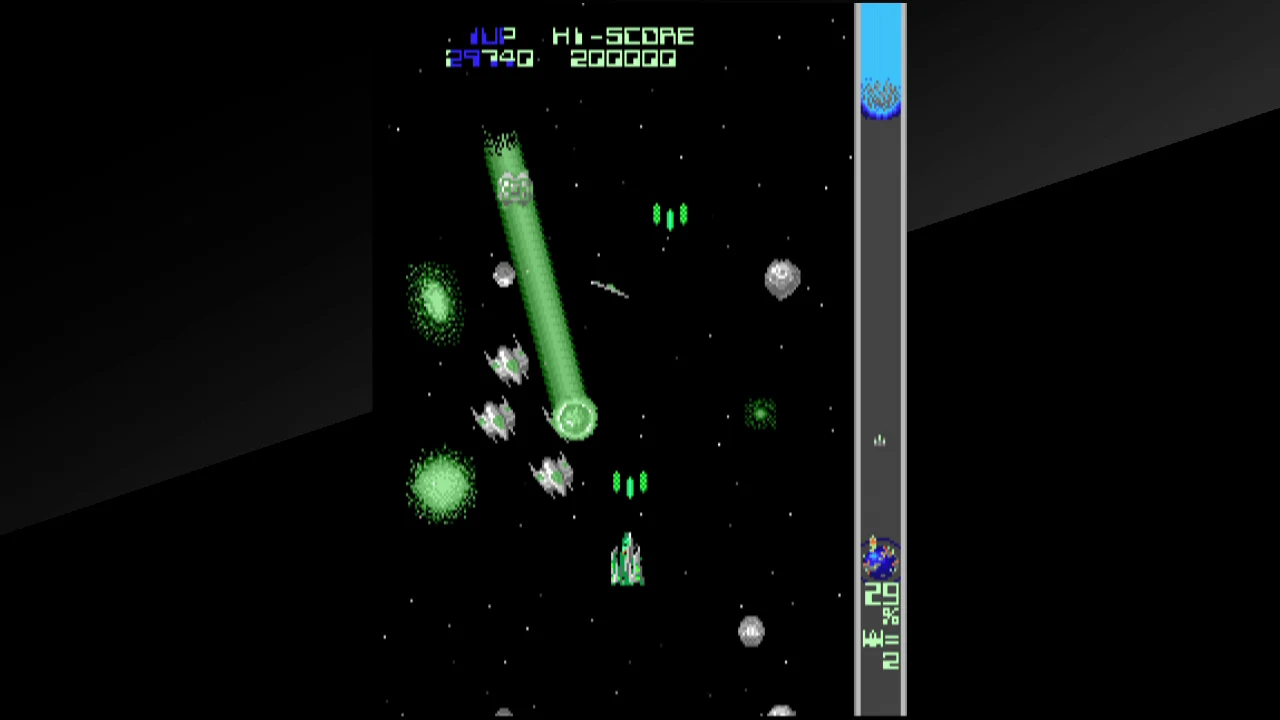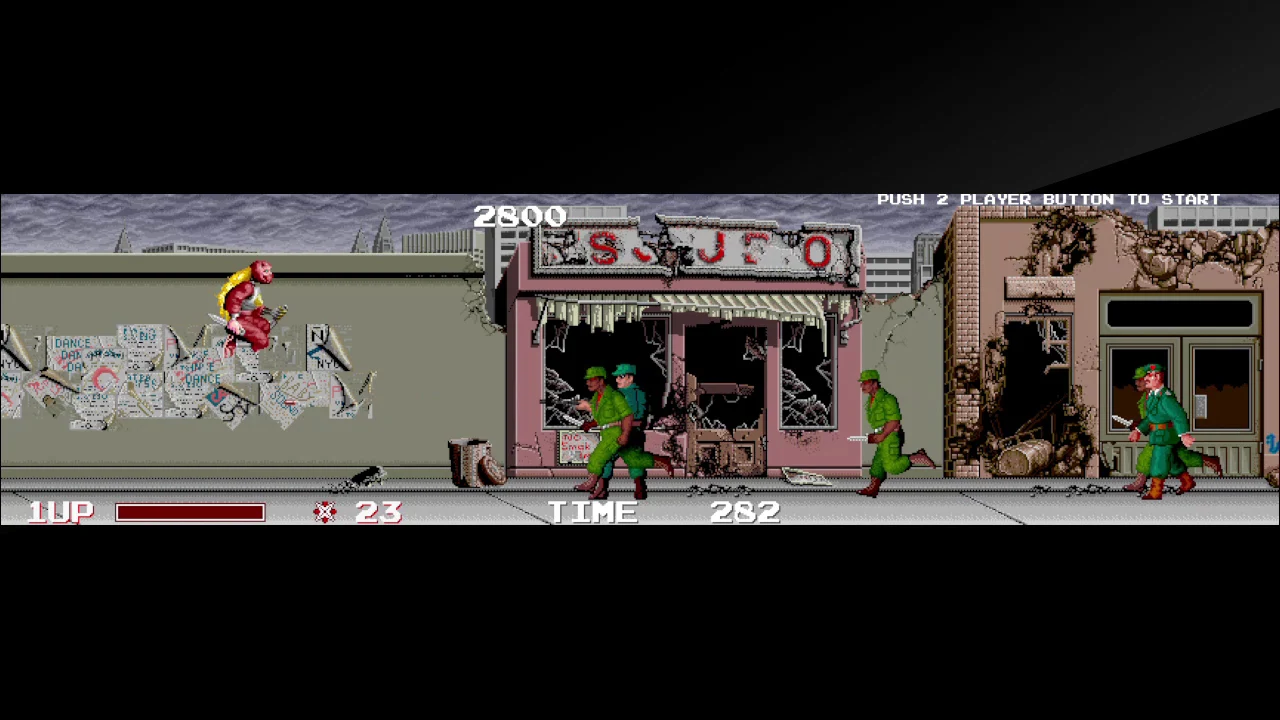Video Game Review - Taito Milestones
Rob reviews Taito Milestones' on Nintendo Switch...
Taito Milestones' is a collection of 10 groundbreaking titles that helped to cement Taito's arcade dominance throughout the late '70s, the '80s, and '90s. Powered by Hamster's 'Arcade Archives', Taito Milestones is a look into an important era of gaming's past.
When it comes to re-releasing vintage titles the emulation can go one of two ways. You'll either be presented with the bare-bones minimum that captures the original release's spirit. Or you'll get all of this, with the added comforts of some modern gaming enhancements. For Taito Milestones' it's the former - albeit with some enhancements such as the ability to interim save. But with 10 "milestone" titles available, this collection is a decent look into Taito's other titles that are not; Space Invaders, Bubble Bobble, or Arkanoid.
Taito Milestones' is a rare curiosity rather than a must-have collection. Don't get me wrong the 10-titles available are varied in their genres and technical do-hickey, but I wouldn't say that any of them are "must play" titles. If anything this collection shows just how far Taito have come when it comes to video game development.
So, what games do we have on offer?
The earliest titles on offer are both from 1981; QIX and Space Seeker. QIX is a title that's seen a few remakes, sequels, and various ports over the years. The basic premise is to fill the screen with an abundance of colour whilst the titular QIX and other elements attempt to stop you. And yes! The horrendous sound effects are back - and worse than ever!
Space Seeker is a curious mix of a side-scrolling shmup and a first-person shooter. You'll begin by piloting your craft across a rough-looking overworld to one of three bases, or three enemy fleets. Depending on your chosen battle, the game will switch between these two viewpoints. It's quite a unique premise for the time, and it certainly shows that Taito was ahead of the pack when it came to innovation. However, Space Seeker hasn't aged well and its presentation leaves a lot to be desired.
Moving on to 1982 and we have a triple bull with; Alpine Ski, Front Line, and Wild Western. As the name suggests, Alpine Ski is a skiing game which sees you controlling your character as they dodge various trees and other objects. The main aim is to collect the numerous point bonuses that litter the screen in 2-minutes. The challenge here is that every time you hit something - you lose 10-seconds of time. There's no particular goal in Alpine Ski as such it's all aviation getting that high score.
Front Line is again, more of the same. However this time you'll be controlling your soldier as you attempt to valiantly fight off the attacking soldiers. Played via a vertical scrolling viewpoint, Front Line is quite a difficult game. Controls are fairly awkward with one analogue stick for movement and the other to aim. To make things slightly easier you're able to throw grenades and even drive a tank, but even these don't do anything to the poorly aged controls.
Wild Western is arguably the collections game that I had the most fun with. While its controls handle a lot like Front Line, here they seem a little more refined - which is quite odd. Wild Western sees a train heading up the middle of the screen as you venture behind it on horseback. The object here is to protect this train from bandits until it reaches its destination. Naturally, it's not that easy and you'll have to contend with random objects such as cacti, buildings, and even the bandits themselves.
Heading to 1983 and next in line are Chak'n Pop and Elevator Action. To an extent Chak'n Pop is somewhat of a precursor to that Tatio classic; Bubble Bobble. With both titles featuring the same characters, their gameplay is vastly different. The object here is to race through a maze to collect a few hearts to then move on to the next. Of course, this is also a maze that's filled with enemies who wish to give you a hard time. What makes Chak'n Pop interesting is your ability to defy gravity and stick to the ceiling, which gives a certain degree of freedom in how you approach these mazes.
Elevator Action is also another game that I found myself coming back to. Elevator Action sees you traversing a building from top to bottom in the hunt for secret documents. To make your mission harder the building is full of trigger happy goons who you'll also have to contend with. Much like Chak'n Pop, there's a certain degree of strategy involved as the elevator is your only means of transport between floors - and in some instances, there's an escalator too - and both of these can also be used by the enemies. The gameplay loop is satisfying and there's plenty of variation to each maze.
The final three titles in the Taito Milestones collection come from 1985 (The Fairyland Tale), 1986 (Hailey's Comet), and 1987 (The Ninjawarriors). The Fairyland Tale is pretty much another version of Bubble Bobble, albeit with less charm. Here you'll control a magical being whose job it is to clear the screen of enemies. Whether it is turning them into the cake, or dropping cake onto other enemies, it's pretty straightforward. It's not particularly varied but along with Chak'n Pop, The Fairyland Tale is a nice look into the somewhat origins of Bubble Bobble.
Hailey's Comet is a pretty interesting vertical shmup that's very hard to compare with any other title. This one sees you, pilot, your craft through Space while fighting some pretty tough enemies. While this is nothing out of the ordinary, the hook is that every enemy or projectile that gets past you will go on to attack the planet you defending. Let too many past and it's goodbye Vienna. In terms of gameplay, Hailey's Comet plays a lot like any other vertical scrolling shmup, but it's this "invasion" mechanic that makes it quite a frantic and compelling shooter.
Rounding this collection off is the 1987 title: The Ninjawarriors. This one is Rush'n Attac with a cyborg Ninja ascetic. Gameplay takes place on a single frame as you move you, Ninja, from left to right defeating a constant stream of enemies. You avoid projectiles but crouching or jumping over them and attacks come from throwing shurikens or getting up close. What makes this one different is that each stage features a boss fight, which oddly works on the single plane, and its original arcade cabinet also featured three screens!
Aside from the sheer substance of titles on offer, this collection handles like any other 'Arcade Archives' title. Menus all have that distinct feel, and the old favourites such as online leaderboards, manuals, and interim saves make their return. Those looking for extra insight into development such as design galleries or promotional art are sadly left lacking. While this collection features an eclectic mixture of classic arcade titles, that's all. There's no meat to its offering the title doesn't include a title screen either - it's that bare bones.
However, it's not all bad. If you're after a look into video game history then Taito Milestones has you covered. If anything it's an interesting look into how much the developer progressed over the 6-years that feature in this collection. Whilst most of the games haven't aged well, there are still a couple of hidden gems in the rough.
Rating: 6/10
A code was kindly provided for this review.
Taito Milestones is available now and can be purchased via the Nintendo Switch eShop by clicking here.
Liked this review and want to support the blog further? You can do so by heading over to Ko-Fi.com/GeekCultureRev. Any donations will be greatly appreciated, but more so is the fact that you took the time to read this review Thank you!
Rob Lake - For more comic book and video game chat why not follow Geek Culture Reviews on Twitter and Facebook @GeekCultureRev








